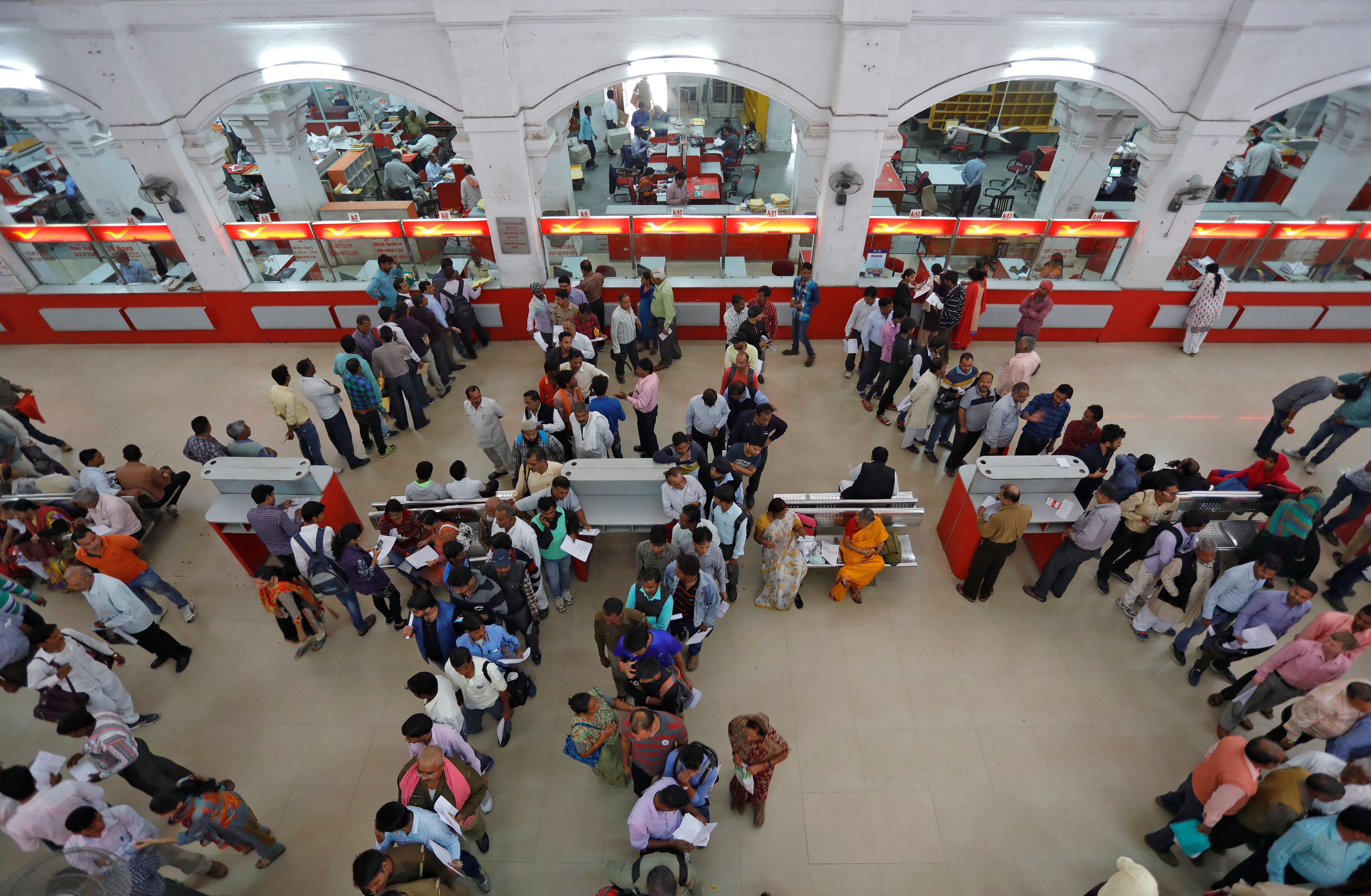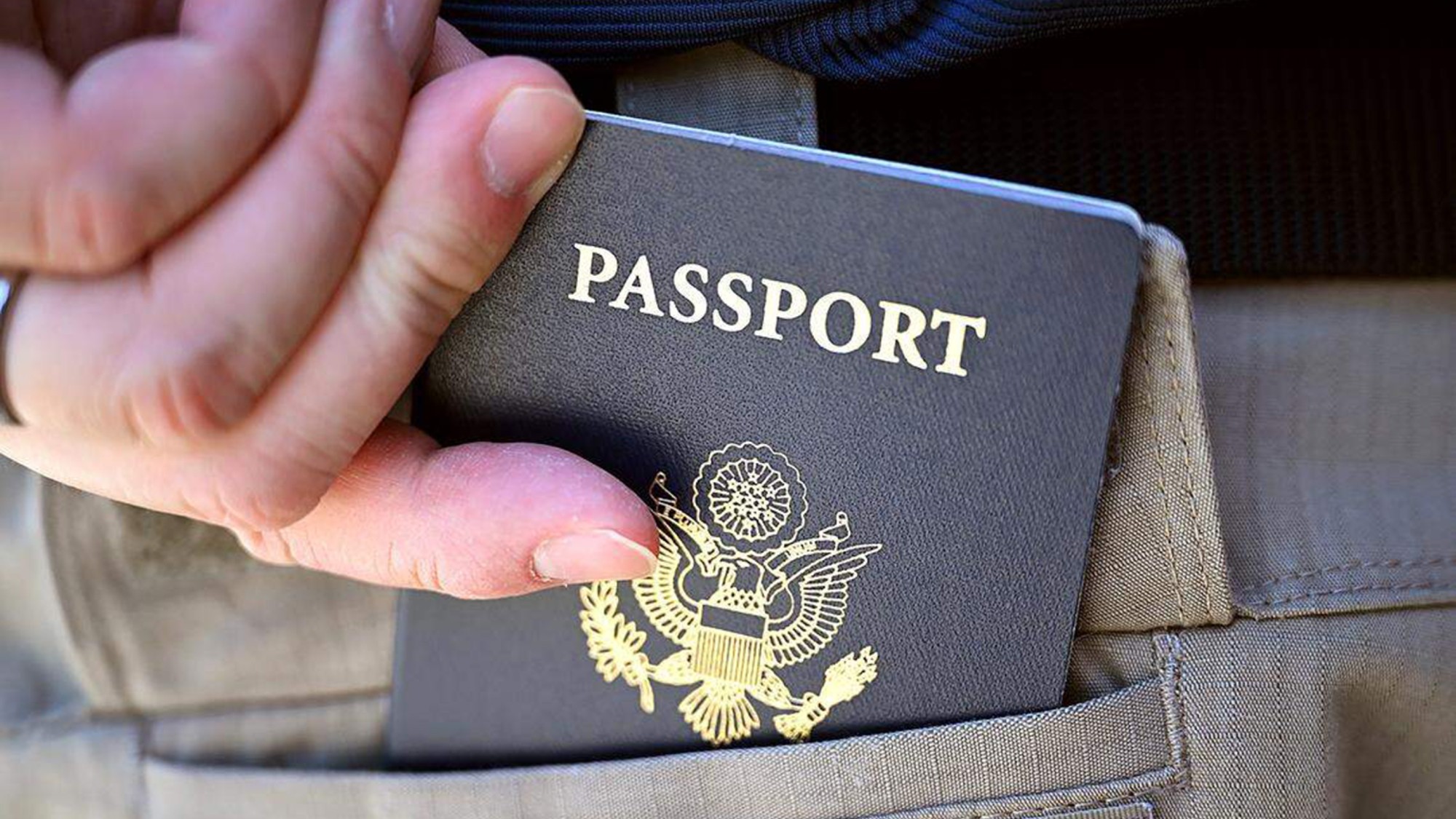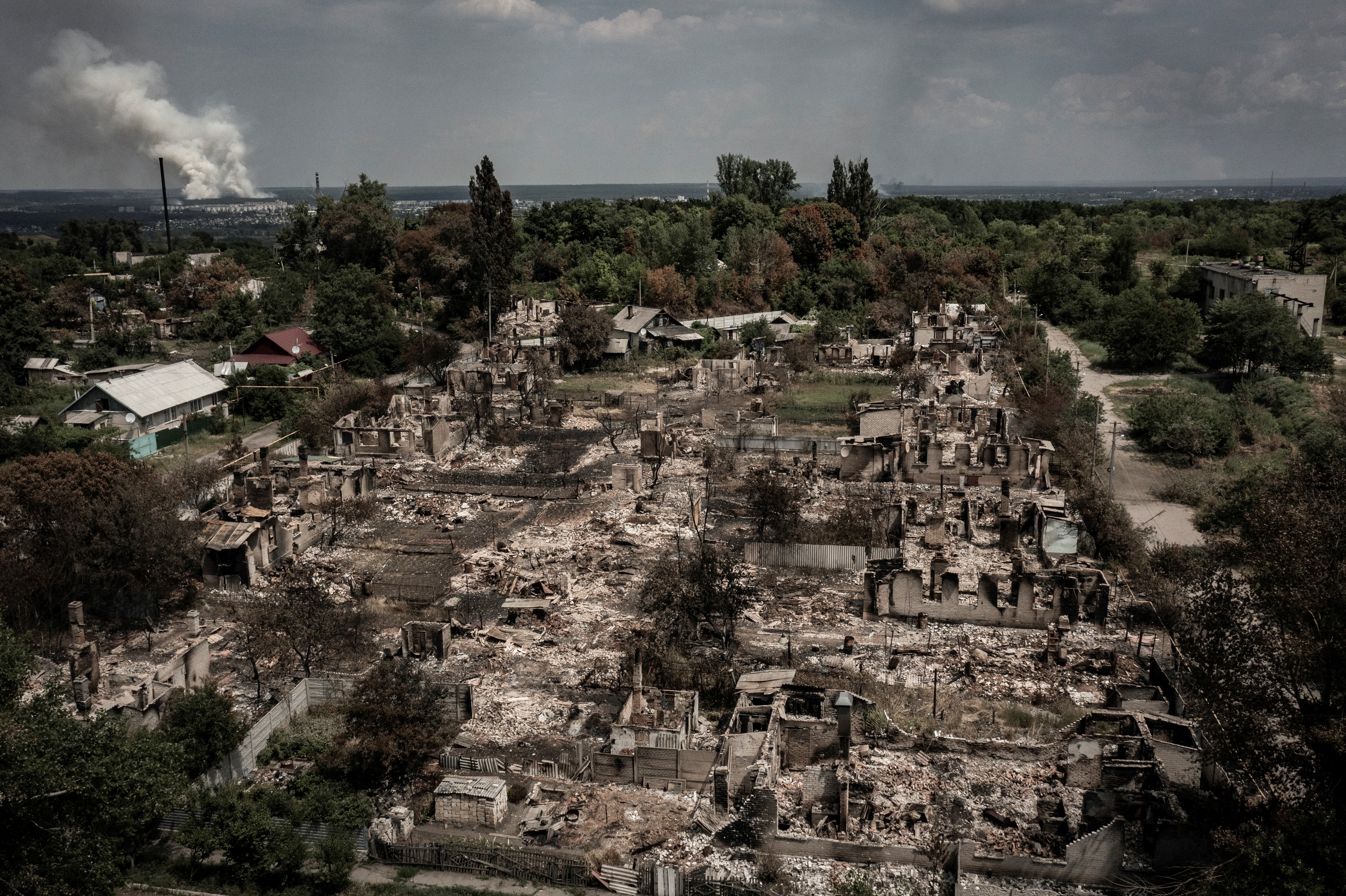Why India's currency ban is backfiring badly
Narendra Modi, you've made a huge mistake


The Indian government recently did something kind of astonishing: It declared a huge portion of the country's currency null and void.
On Nov. 8, Indian Prime Minister Narendra Modi announced — out of nowhere and with no warning — that paper bills worth 500 and 1000 Indian rupees would no longer be legal tender at midnight.
Since then, whenever people withdraw cash, Indian banks and ATMs have been providing newly designed 500 and 1000 rupee bills. To get rid of the old bills, Indian citizens have until Dec. 30 to deposit them in a bank, or until March 31, 2017, to exchange them for the new bills as long as they can provide an ID. All banks and ATMs were initially shut down for a day or two while the switchover happened.
The Week
Escape your echo chamber. Get the facts behind the news, plus analysis from multiple perspectives.

Sign up for The Week's Free Newsletters
From our morning news briefing to a weekly Good News Newsletter, get the best of The Week delivered directly to your inbox.
From our morning news briefing to a weekly Good News Newsletter, get the best of The Week delivered directly to your inbox.
To put it mildly, this did not go smoothly.
The 500 and 1000 rupee bills are equivalent to around $7.50 and $15, respectively, and make up roughly 86 percent of the country's currency. So imagine the U.S. government suddenly declaring that $10 and $20 bills were worthless and needed to be traded in for new bills, and you have some sense of the scale of the shift.
There have been massive lines at banks and ATMs ever since, and police have sometimes had to be called in to manage the waiting crowds, in what the BBC described as "chaos." Major protests have occurred in multiple cities across the country, and caps have had to be placed on cash withdrawals so the Indian financial system doesn't literally run out of the paper bills that do count. Street vendors, shops, doctors, barbers, maids, and more are all being forced to choose between losing business, accepting the old notes and taking the risk they won't be able to use them, or just providing service on credit. In what is definitely an ominous sign, local barter economies are even re-emerging in some parts of the country.
Modi's government did have its reasons, of course. The primary purpose of the switch is to fight corruption in India's economy — a genuinely severe problem — and one that is inextricably linked to India's reliance on paper currency. Half the population doesn't have a bank account, and 90 percent of the transactions in India's economy are in cash. A huge part of how any government fights crime, tackles terrorism financing, or even just makes sure everyone is paying their taxes is the trails left by transactions or deposits at banks or other digital middle men. If whole networks of exchanges can occur in cash without any sort of record being kept, that creates an enormous opening for black markets, criminal enterprises, and the like.
A free daily email with the biggest news stories of the day – and the best features from TheWeek.com
In that limited sense, at least, moving more of the Indian economy off cash and onto digital and banking transactions is a laudable goal. And the defenders of India's cash changeover obviously hope it could serve as a form of shock therapy to push Indian society in that direction. But there are much smarter ways to go about it. If India wanted to encourage digital transactions, for instance, it could make mobile banking freely available to the over 1 billion Indians who own a cellphone.
Similarly, the way to fight corruption and terrorism is through law enforcement, institutional reform, public campaigns, and carefully targeted policies. Those hiding large amounts of money from the government don't usually hold it in cash. They keep it in gold or silver or real estate or foreign bank accounts, all of which won't be flushed out by India's money changeover. So, rather than making life difficult for well-off criminals or financiers of terrorism, the cost of the chaos and upheaval is falling on India's massive population of poor and working-class citizens.
Ultimately, the purpose of any money system is to encourage trust and participation in the economy. The goal is to convince people that their money is a stable store of value, and that their transactions will be honored. Obviously, crime and corruption should be discouraged, but the way to do it is by establishing, and then enforcing, specific rules against them.
Sending a massive and destabilizing shock through the entire monetary system, meanwhile, amounts to burning the village to save it: On Nov. 23, Goldman Sachs knocked its economic growth projections for India down to 6.8 percent in fiscal year 2017, down from 7.6 percent. That's not the end of the world, but it's a wholly unnecessary loss of wealth that will leave Indian society a bit poorer than it otherwise would be.
So far, it looks like India's cash changeover will go down as a poorly thought-out effort to achieve an overly abstract goal — and one that threw the lives of average Indian citizens into chaos.
Jeff Spross was the economics and business correspondent at TheWeek.com. He was previously a reporter at ThinkProgress.
-
 US citizens are carrying passports amid ICE fears
US citizens are carrying passports amid ICE fearsThe Explainer ‘You do what you have to do to avoid problems,’ one person told The Guardian
-
 All roads to Ukraine-Russia peace run through Donetsk
All roads to Ukraine-Russia peace run through DonetskIN THE SPOTLIGHT Volodymyr Zelenskyy is floating a major concession on one of the thorniest issues in the complex negotiations between Ukraine and Russia
-
 Why is Trump killing off clean energy?
Why is Trump killing off clean energy?Today's Big Question The president halts offshore wind farm construction
-
 How Bulgaria’s government fell amid mass protests
How Bulgaria’s government fell amid mass protestsThe Explainer The country’s prime minister resigned as part of the fallout
-
 Femicide: Italy’s newest crime
Femicide: Italy’s newest crimeThe Explainer Landmark law to criminalise murder of a woman as an ‘act of hatred’ or ‘subjugation’ but critics say Italy is still deeply patriarchal
-
 Brazil’s Bolsonaro behind bars after appeals run out
Brazil’s Bolsonaro behind bars after appeals run outSpeed Read He will serve 27 years in prison
-
 Americans traveling abroad face renewed criticism in the Trump era
Americans traveling abroad face renewed criticism in the Trump eraThe Explainer Some of Trump’s behavior has Americans being questioned
-
 Nigeria confused by Trump invasion threat
Nigeria confused by Trump invasion threatSpeed Read Trump has claimed the country is persecuting Christians
-
 Sanae Takaichi: Japan’s Iron Lady set to be the country’s first woman prime minister
Sanae Takaichi: Japan’s Iron Lady set to be the country’s first woman prime ministerIn the Spotlight Takaichi is a member of Japan’s conservative, nationalist Liberal Democratic Party
-
 Russia is ‘helping China’ prepare for an invasion of Taiwan
Russia is ‘helping China’ prepare for an invasion of TaiwanIn the Spotlight Russia is reportedly allowing China access to military training
-
 Interpol arrests hundreds in Africa-wide sextortion crackdown
Interpol arrests hundreds in Africa-wide sextortion crackdownIN THE SPOTLIGHT A series of stings disrupts major cybercrime operations as law enforcement estimates millions in losses from schemes designed to prey on lonely users
